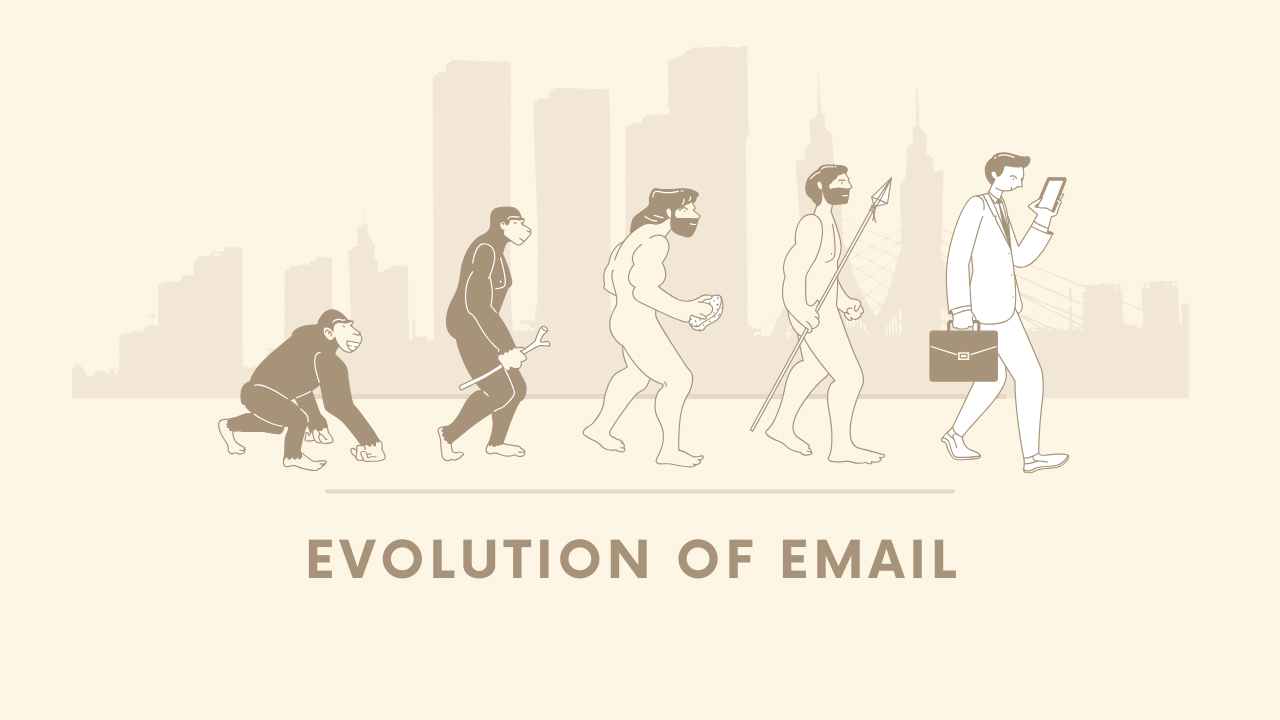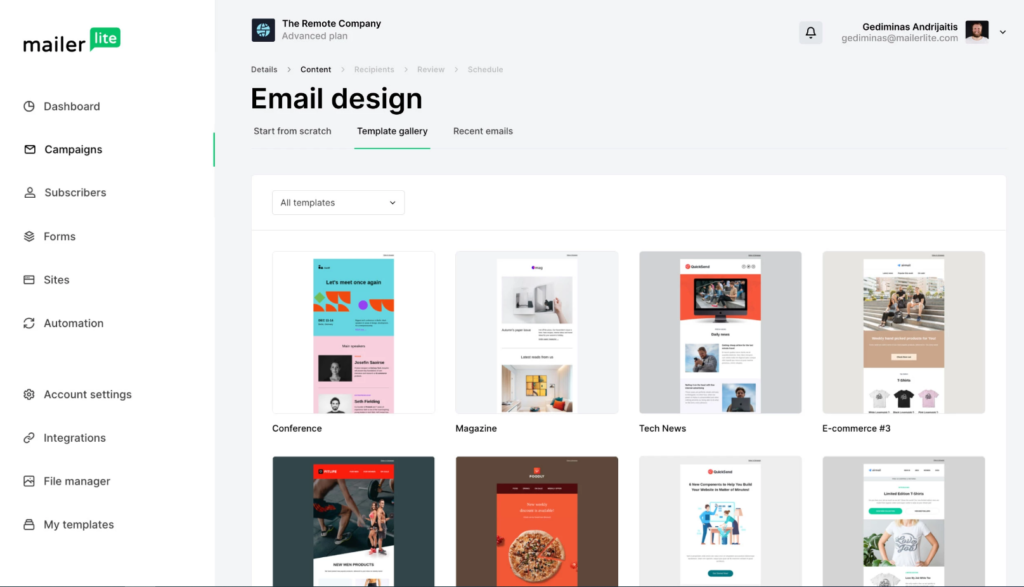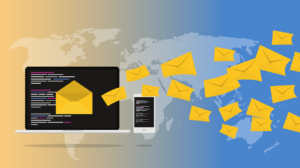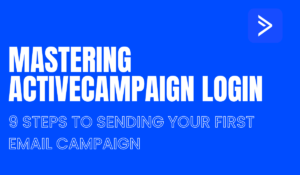From the first promotional email sent in 1978 [1] to the intricately designed newsletters of today, email design has undergone a significant transformation. This journey reflects technological advancements and a deepening understanding of consumer psychology and preferences.
Let’s go back to the future to explore the evolution of email marketing design.
Table of Contents
Email Marketing Design: Text-Only Emails (1970s-1990s)
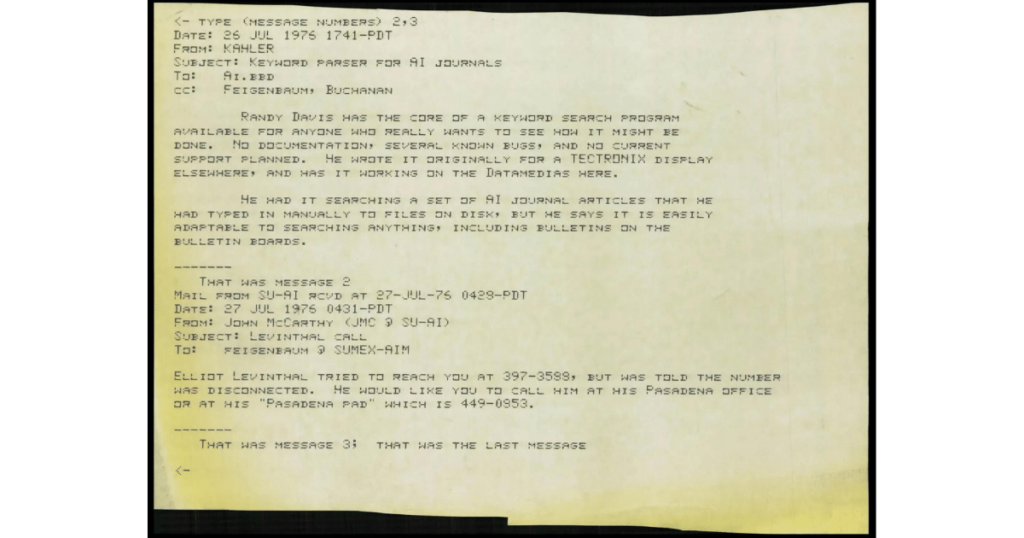
In the earliest days of email marketing, there was nothing fancy about the emails businesses sent. They were text-based, devoid of branding elements, images, or visual flair.
This era was all about function over form, with email as a direct communication channel rather than a sophisticated marketing tool.
Marketers quickly recognized the potential of this new medium, leading to the first mass email blast by Gary Thuerk in 1978, promoting computers. This watershed moment, resulting in significant sales marked the birth of email marketing.
The Advent of HTML: Personalization and Branding (Late 1990s-2000s)
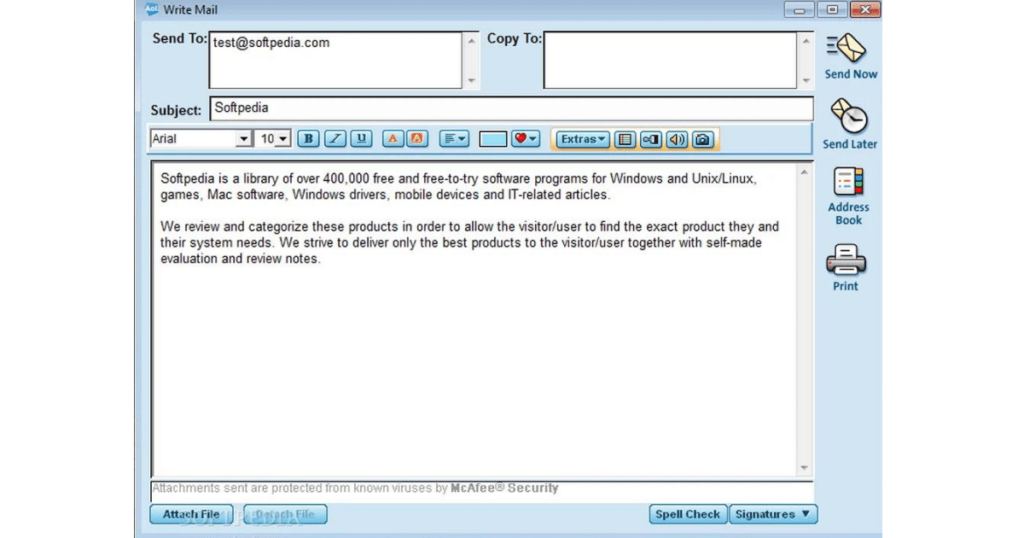
The introduction of HTML (HyperText Markup Language) was a game-changer in email design. Now, emails were not just plain text; they could include company logos, colors, and images. This revolution meant businesses could strengthen their brand presence in their customers’ inboxes.
Email design elements were essential during this period, but they opened the door to a more personalized communication approach. Marketers began segmenting email lists and crafting targeted messages, increasing relevance and engagement.
The Rise of Mobile and Interactive Elements (2010s)
Fast forward to the 2010s, and email marketing design took another leap forward with the advent of mobile technology. Smartphones necessitated emails that looked good on smaller screens, leading to the responsive design’s rise.
This era also saw the introduction of interactive elements like buttons, animated GIFs, and carousels, making emails visually appealing and engaging.
Marketers started focusing on every detail, from fonts and colors to placing calls to action (CTAs). These developments coincided with more sophisticated email marketing strategies, including automation, advanced segmentation, and A/B testing.
The screenshot above shows how a popular tool, MailerLIte, approaches email design. To learn more, check out our article on MailerLite vs ConvertKit.
Looking Ahead: The Future of Email Design

What does the future hold for email design? We’re on the cusp of even more exciting times. With technologies like augmented reality (AR) and machine learning, tomorrow’s email could be a highly interactive, profoundly personalized experience. Imagine emails where you can try on clothes virtually or view products in 3D in your living space.
As artificial intelligence gets more refined, we can anticipate hyper-personalization, with real-time emails tailored to each recipient’s specific context and preferences.
Wrapping Up
The evolution of email marketing design shows how technology and consumer preferences drive the next steps. As we get ready for the future, one thing remains certain: the brands that adapt and embrace these changes will continue to captivate their audiences, one email at a time.
FAQ
When was email invented?
Email was invented in the early 1970s. The first system resembling contemporary email was developed by Ray Tomlinson in 1971. He introduced the “@” symbol to separate the user and computer names, enabling messages to be sent to different hosts on ARPANET. This invention laid the groundwork for the email systems we use today, transforming global communication by allowing people to send messages instantaneously across vast distances, a fundamental shift from traditional postal services.
When did email become widespread?
Email became widespread in the 1990s with the advent of the Internet and commercial email providers. The proliferation of personal computers and the development of user-friendly email applications facilitated this expansion. Email became a fundamental emotional and professional communication tool as Internet access became more affordable and widespread. By the mid-to-late 1990s, sending and receiving emails had become an everyday activity for an increasing number of people, revolutionizing the way individuals and businesses communicate and share information. This period marked the beginning of email’s integration into the fabric of daily life.
What is the Email Design?
Email design involves creating and formatting email content to improve readability, engagement, and conversion rates while aligning with strategic goals. It encompasses the layout, color scheme, typography, images, and call-to-action buttons, tailored to be visually appealing and functionally seamless across various devices and email clients. Good email design means carefully considering how elements like headers, bullet points, and white space guide the recipient through the message and toward the desired action, whether reading an article, signing up for a webinar, or purchasing. Effective design is essential for maintaining subscriber interest and achieving campaign objectives.

Hi…I’m Steph! I work for SprintSlice and love to review new digital marketing products. I’ve been doing this for almost 8 years and learn something new all the time. Fun facts: My favorite color is yellow and I love monster trucks!

